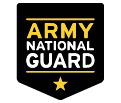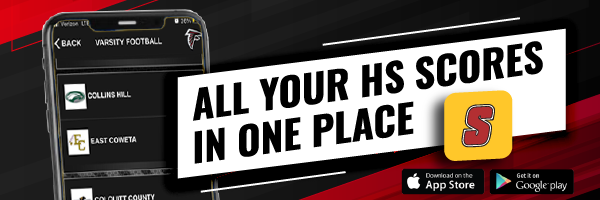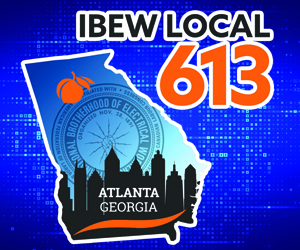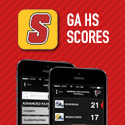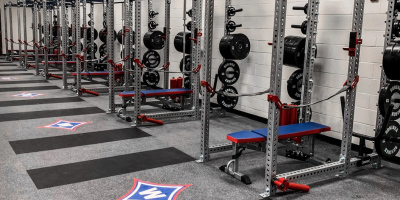
Georgia High School Association Executive Director Dr. Robin Hines said Wednesday that he hopes to send a detailed plan this week to the state’s high schools where student-athletes would be able to return to their schools beginning June 1 to start conditioning under strict guidance.
Speaking on the ‘Georgia Prep Sports: From a Distance’ videocast, Hines said his group is close to finishing the guidelines. He also said he will meet with his sports medicine advisory council one more time as well as the GHSA’s Board of Trustees.
“If everything goes great and those documents are prepared, I would think that by the latest Friday afternoon we would be able to get word to our member schools,” said Hines “That is my best guess. I am not promising, but Monday at the latest.”
It is worth noting that the document Hines is hoping to get to all of the GHSA member schools is not going to determine whether or not fall sports will be played this upcoming school year. Rather, it will serve as a set of guidelines for the summer that would give players the opportunity to ease back into conditioning and provide a path forward to the possibility of a fall sports season remaining on its original schedule this upcoming school year.
On Wednesday, Iowa became the first state to allow sanctioned high school athletics to begin and resume games, specifically baseball and softball. Iowa is the only state that has high school sports in the summer.
“I have said for a long time that schools were closed by the governor for the remainder of this school year and because there are so many different graduation dates, we used the month of May,” explained Hines. “And so, schools are not mandatorily closed down anymore and the guidance given to us by the governor when he released things about sports and camps we were able to evaluate how it fit into what we do. I’ve always looked at a June 1 date for that. There will probably be some schools that aren’t prepared by then and that is fine. I’ve said this before, it is a choice. The workouts in the summer have always been voluntary anyway and we want to make sure it remains that way absolutely. If a student or their parents are not comfortable with participating, then they do not need to participate. If a superintendent makes their own decision, they can certainly do that. The guidance we are going to put out is certainly restrictive. We are being as careful as we can. Schools and school districts can be more restrictive, but they can’t be less restrictive.”
Hines also said for the plan to work the school leadership in each county will have to get involved in the early parts of the return to school program.
“I’ve had the opportunity to speak to several RESA (Regional Education Service Agency) groups, which are groups of superintendents for instance,’’ said Hines. “I’ll have another group that I will speak to on Friday. If there was ever a time that system level personnel, administrators and school administrators become very much intimately involved with their athletic programs, it is now. We need to do this right. We need to do this the right way, we need to follow what the guidelines say. We need to clean properly and have the right things in place. We don’t need to put our coaches out there on an island.’’
Meanwhile, the National Federation of State High School Association and Sports Medicine Advisory Committee released a document Tuesday that detailed national guidance for opening up high school athletics and activities. This comes just one day after the NFL began to reopen its facilities. The 16-page document is filled with strategies to navigate the road to returning to high school athletics, but ultimately each of the 51 member associations are instructed to work with state and local health departments to develop policy and coordinated approaches for return to activity for high school, club and youth sports.
There are phases to the reopening strategy that are listed in the document and the sports are stratified based on risks. Phase 1 of the plan is very cautious with keeping players in small pods and using all preventative measures to keep participants safe. Plenty of questions can be raised by many of the details—especially some of the most extreme precautionary guidelines. However, after the Hines interview on Wednesday, it becomes clearer that the guidelines are really just the first step to a longer road forward.
“What the guidelines really are is a starting point for a lot of ideas for 51 associations,” explained Hines. “It is not specific to Georgia and everyone is in a different place. The problem with something like that getting out and getting published is that people think that they won’t be able to do some of the things that are in there.”
The guidelines released by the NFHS are just one of the many outside forces that Hines and the GHSA are factoring into their plans for the state’s prep athletics. At the top of the list are the governor’s guidelines that ultimately will shape the guidance that Hines gives to the schools.



